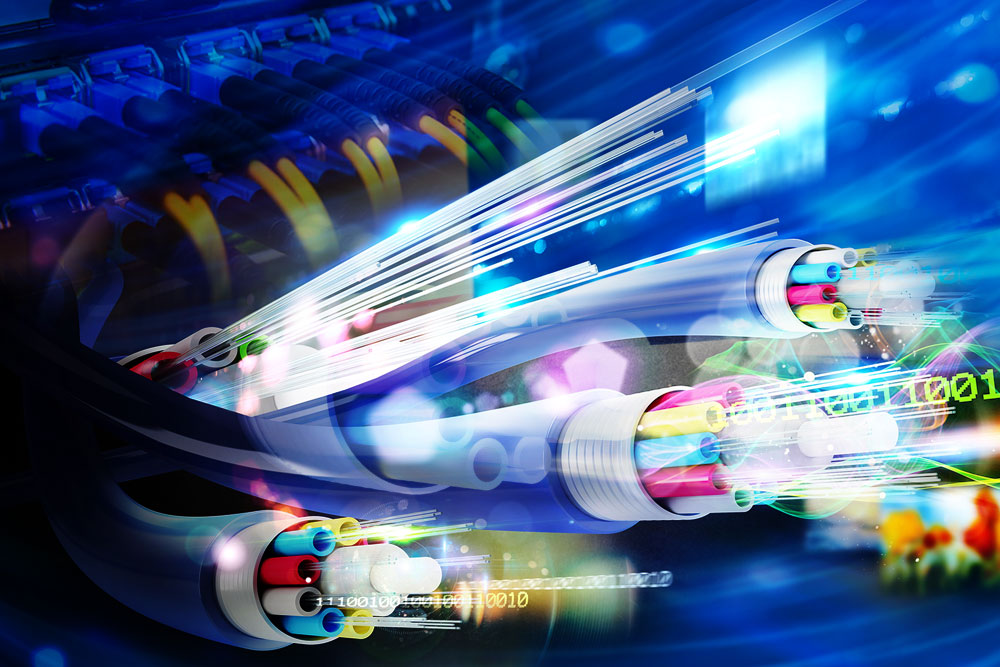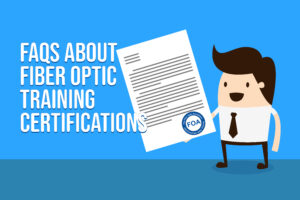The trend that is Fiber Optic Internet connection is as fast as it is advertised. People ranging from home owners to entrepreneurs are now shifting to fiber optics to help and answer their daily connectivity needs. ISP’s all around the globe are strongly offering this service, and the number of users have increased exponentially the past few years. As the fastest internet connection to date, it still needs some taking care of and has things to consider for its longevity, since they are partly made of glass. Here are some important tips that could help prolong fiber optic connection:
Protection
Protection is always a priority, especially if it involves wiring. Commercially produced optical fibers have surface flaws. They are small micro-cracks that reduce the longevity of the material used, cutting down their overall lifespan. Manufacturers of cables figured out a way to prevent these micro-cracks and strengthen the cable’s protection by coating a protective material specifically designed to make the fibers more durable in the long run and proof testing the cables to overcome these flaws. But most importantly, invest in fiber optic cables that have high-quality protective materials that will guarantee the cables to last long.
Installation
Made partly of glass, fiber optic cables are more fragile than copper. During the installation process of fiber optic cables, 3 techniques are commonly employed. These are pulling, pushing and blowing. Of the three mentioned, only pulling causes stress to the cables creating undesirable stretches, also called tensile stress. This can cut down the cables’ lifespan right from the get go of installation. Opposite of that, is pushing. This technique does not cause harm to the cables and is much safer during installation than pulling. All of that, of course, is up to the accredited fiber optic technician to ensure that the cables are not overstrained when installing them.
Environment
The environment always has a say in everything, even in the world of fiber optic network connection. Reliable and resistant, a range of environmental factors can shorten the lifespan of fiber optic cables. These include too much heat/elevated temperatures, presence of water, animals, vandalism and weather. When temperatures elevate or get too high, crack growth accelerates reducing the life of the cables. The presence of water is by far the most concerning. Constant exposure to water leads to stress corrosion, which is the growth of crack formation under tensile stress.
Some cables are buried underground or run through walls of homes or buildings, making them prone to contact and eventually damage done by animals. Most especially rodents, chewing through cables resulting them to stop working. Other cases have involved wilder and bigger animals destroying fiber optic cables, but they rarely happen. Rodents are the one to really look out for. Vandalism is caused by thieves stealing these cables. Falsely assuming they are made or containing metal, these people dig fiber optic cables up thinking they can make money out of them. Some rip fiber optic cables just for fun. This forces home and business owners to have repairs done, meaning additional expense.
Fiber optic cables are designed to withstand all kinds of weather, be it rain, snow, sleet, wind or hail. All of that except for earthquakes and hurricanes. Once these happen, there’s a high chance that the cables would be severely damaged. That’s why it is highly recommended to inspect them in the aftermath of one of these natural disasters.
The best solution for you?
Look for the best fiber optic network provider in your area that assures your network is up to its maximum lifespan.



